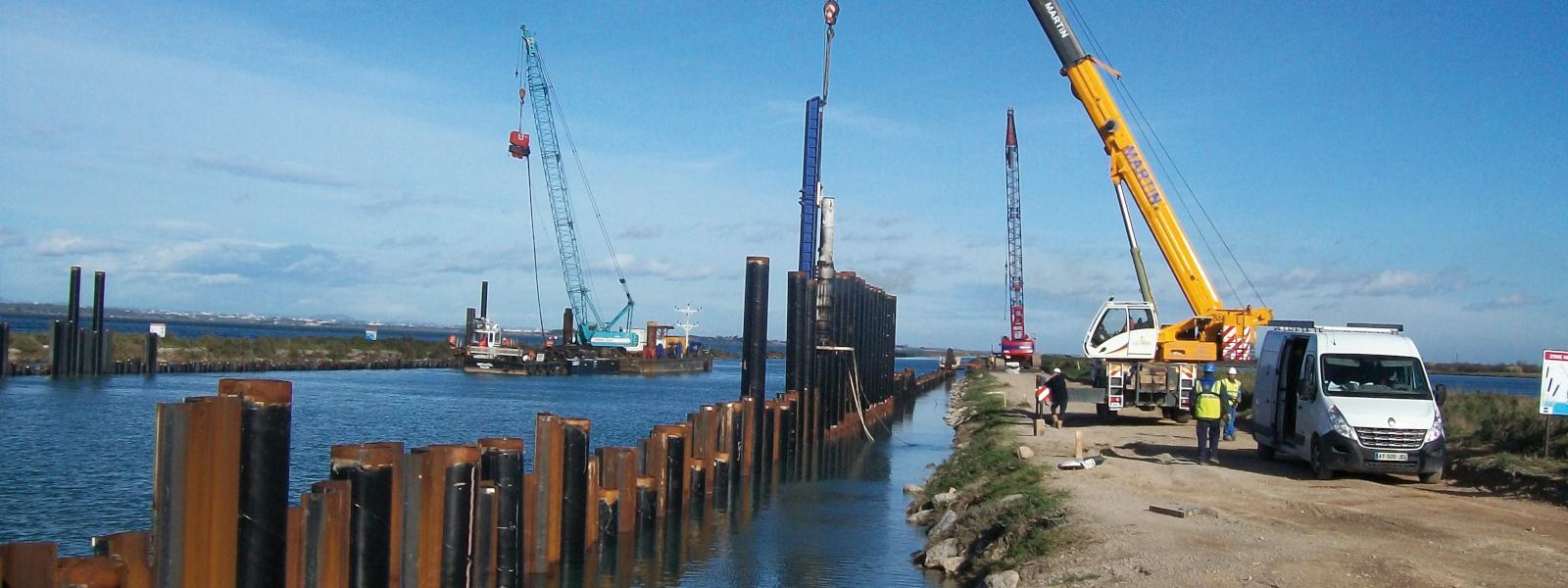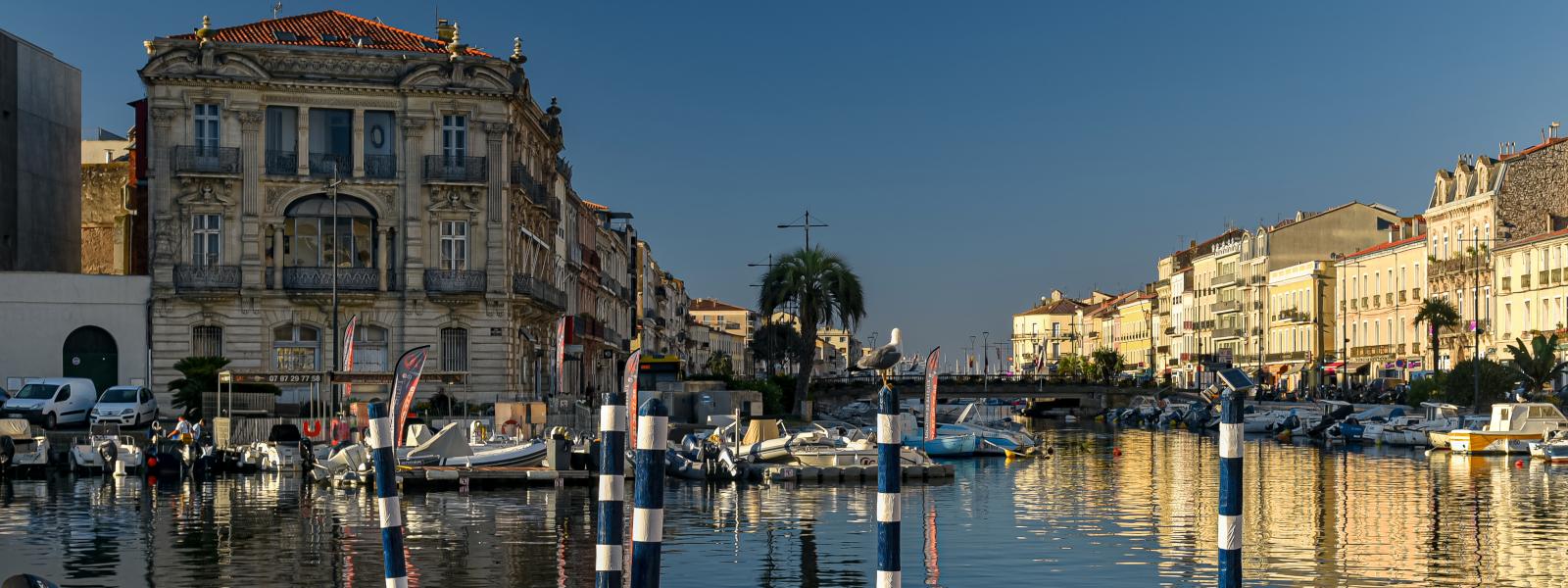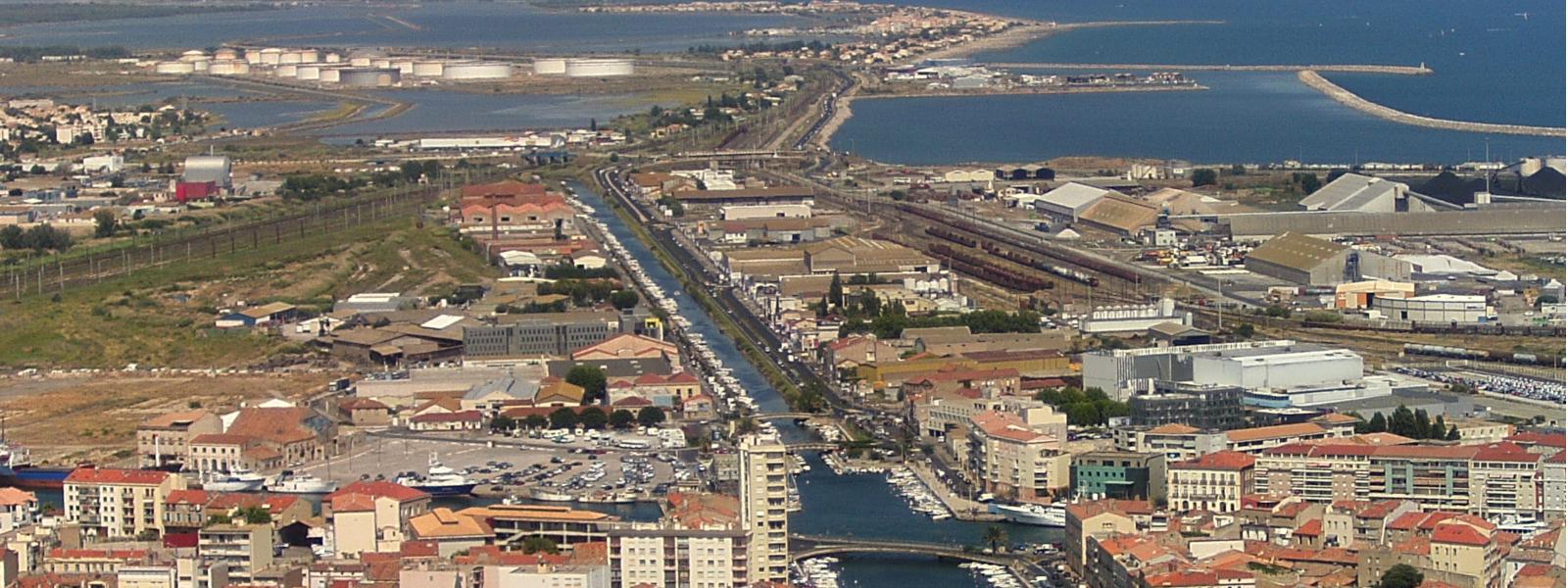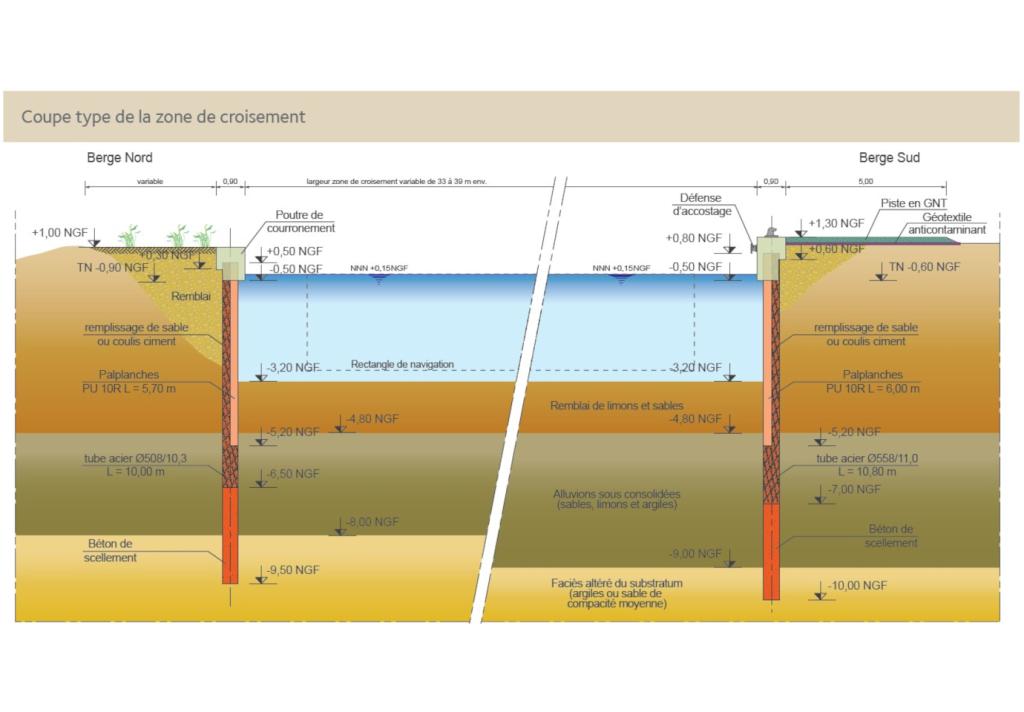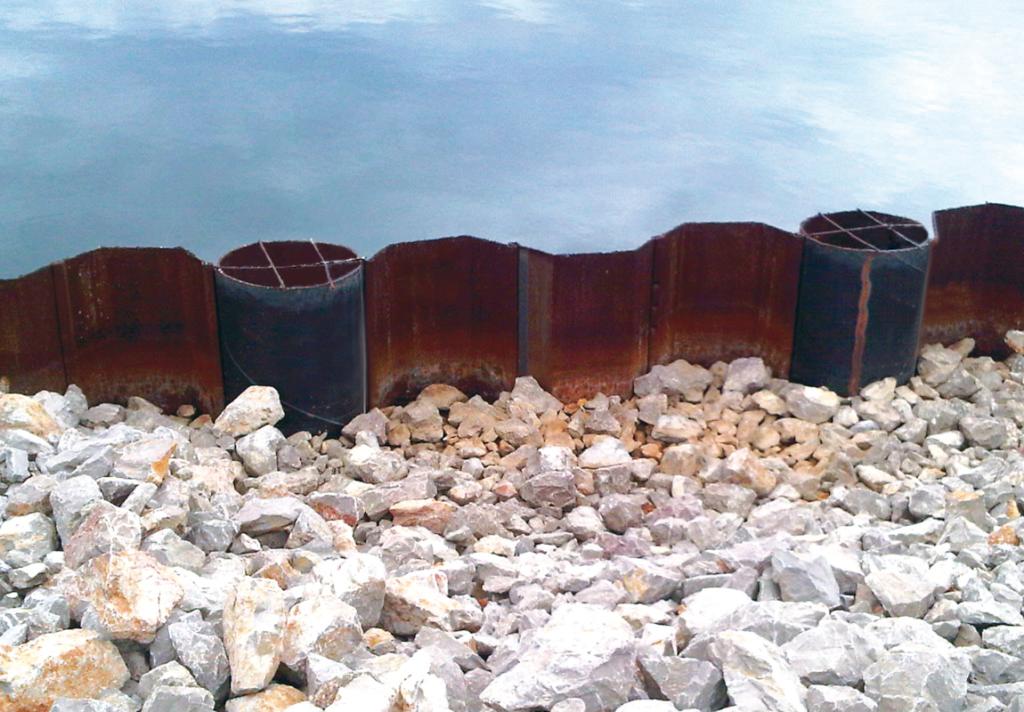Rhône Canal Modernization, Sète, FR | 2012
The transformational project for sustainable waterway transportation
The Rhône Canal in Sète extends over 65 km, connecting the port of Sète to the Rhône via the small Rhône at the Saint Gilles lock, currently allowing the traffic of boats up to 1,000 tonnes. Significant modernization works on the canal began in September 2010. The main objectives of this vast project initiated by "Voies Navigables de France" are to improve the canal's characteristics to develop river transport between the port of Sète and the Rhône-Saône waterway axis. These works, which extend until 2018, are carried out in partnership with the Languedoc-Roussillon region for an investment of 100 million euros.
This ambitious project from an economic point of view is also significant from an environmental perspective. Indeed, the canal travels through sensitive areas along its route that must be preserved during the works: the Hérault coastal ponds, the wetlands of the Camargue gardoise, and classified sites.
Download
 French
French
